Coricancha, Koricancha, Qoricancha or Qorikancha ("The Golden Temple," from Quechua quri gold; kancha enclosure) was the most important temple in the Inca Empire. It is located in Cusco, Peru, which was the capital of the empire.
Originally named Intikancha or Intiwasi,[1] it was dedicated to Inti, and is located at the former Inca capital of Cusco. Most of the temple was destroyed after the 16th-century war with the Spanish conquistadors, as settlers also took it apart to build their own churches and residences. Much of its stonework was used as the foundation for the seventeenth-century Santo Domingo Convent. It was built after the 1650 earthquake destroyed the first Dominican convent.
To construct Coricancha, the Inca used ashlar masonry, building from the placement of similarly sized cuboid stones that they hand cut and shaped for this purpose.[2] The use of ashlar masonry made the temple much more difficult to construct, as the Inca did not use any stone with a slight imperfection or break.[2] By choosing this masonry type, the Inca intentionally demonstrated the importance of the building through the extent of the labor necessary to build the structure.[2] Through the arduous labor needed to construct buildings with ashlar masonry, this form of construction came to signify the Inca's imperial power to mobilize and direct local labor forces.[2] The replication throughout Andean South America of Inca architectural techniques, such as those employed at Coricancha, expressed the extent of Inca control over a vast geographic region.[2]
Pachakutiq Inca Yupanqui rebuilt Cusco and the House of the Sun, enriching it with more oracles and edifices, and adding plates of fine gold. He provided vases of gold and silver for the Mama-cunas, nuns or cloistered women, to use in the veneration services. Finally, he took the bodies of the seven deceased Incas and adorned them with masks, head-dresses, medals, bracelets, and sceptres of gold, placing them on a golden bench.[3]: 68–69, 75
The walls were once covered in sheets of gold,[4]: 218–219 and the adjacent courtyard was filled with golden statues. Spanish reports tell of an opulence that was "fabulous beyond belief". When the Spanish in 1533 required the Inca to raise a ransom in gold for the life of their leader Atahualpa, most of the gold was collected from Coricancha.[5]
The Spanish colonists built the Convent of Santo Domingo on the site, demolishing the temple and using its foundations for the cathedral. They also used parts of the building for other churches and residences. Construction took most of a century. This is one of numerous sites where the Spanish incorporated Inca stonework into the structure of a colonial building. Major earthquakes severely damaged the church, but the Inca stone walls, built out of huge, tightly interlocking blocks of stone, still stand due to their sophisticated stone masonry. Nearby is an underground archaeological museum that contains mummies, textiles, and sacred idols from the site.[1]


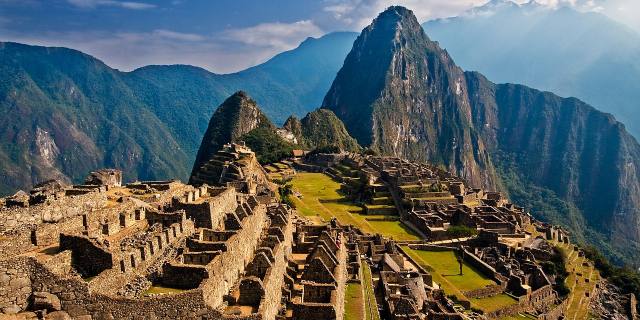



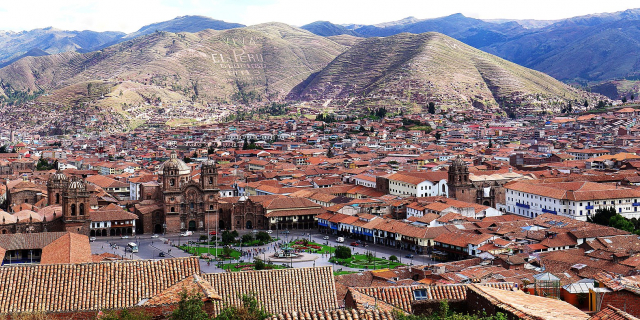
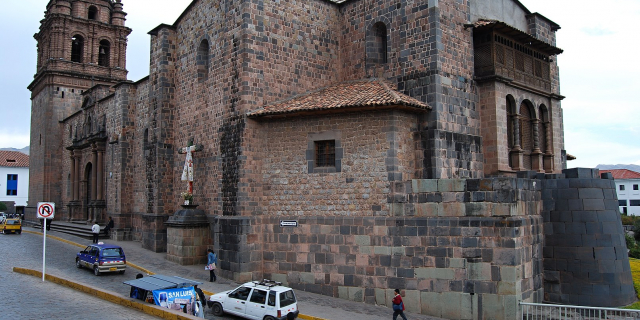



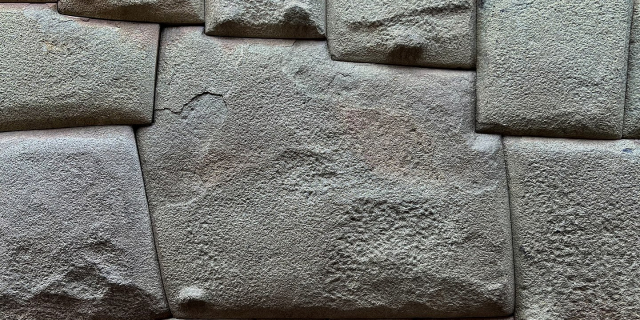

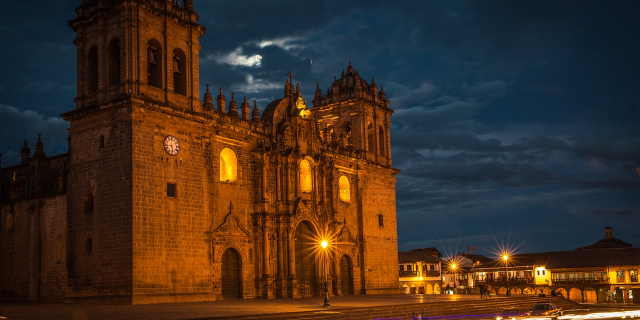
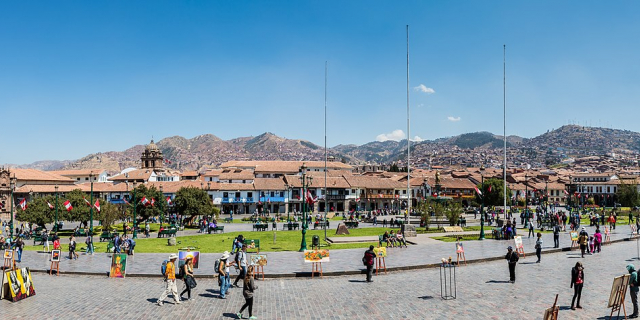


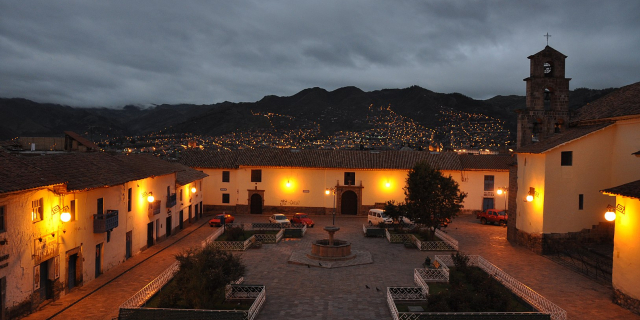
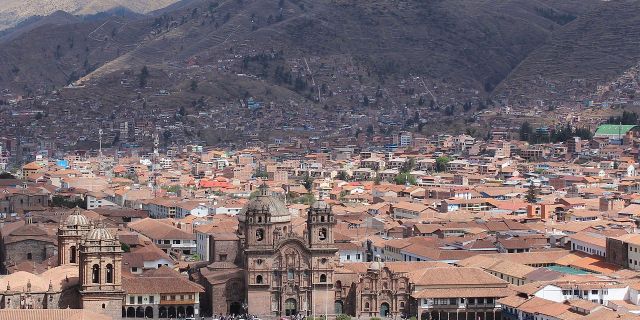

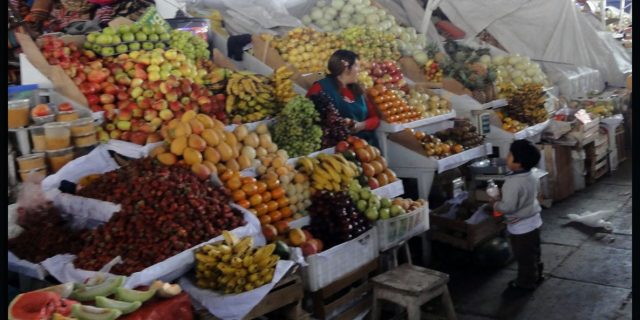



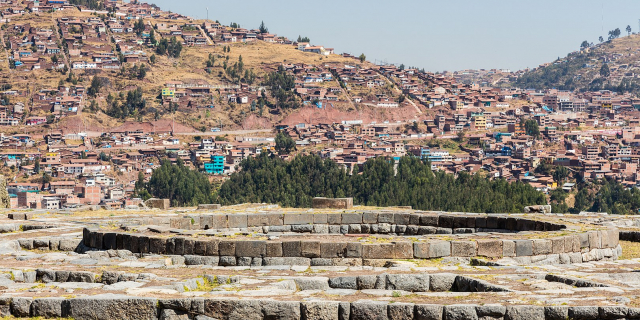









Add new comment